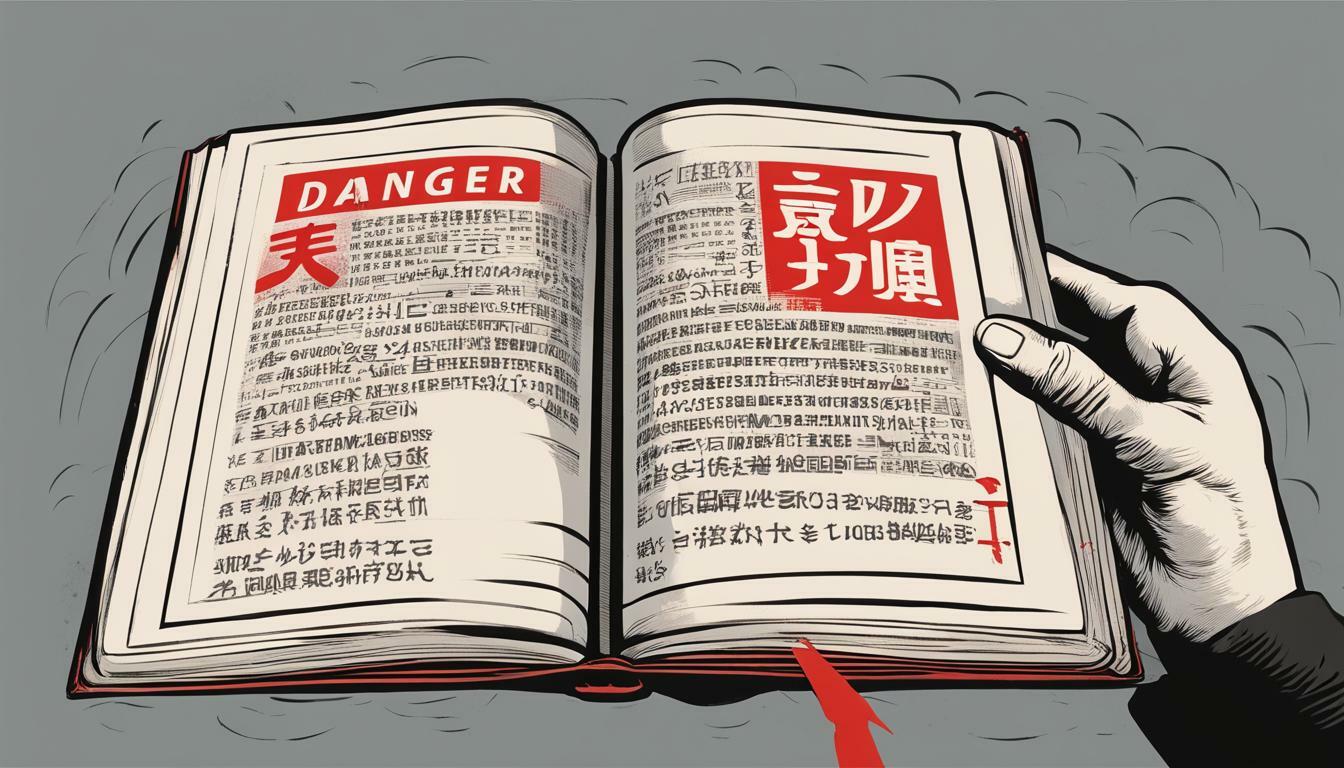If you’re learning Japanese or planning to visit Japan, it’s essential to know how to communicate potential hazards. In this section, we’ll provide you with a comprehensive guide on how to say danger in Japanese. You’ll learn the translation for danger and gain the confidence to use the word effectively in various scenarios.
Knowing how to say danger in Japanese is crucial, especially in emergency situations. Whether you need to warn someone of a possible danger or convey caution, being able to communicate effectively in the Japanese language can be life-saving. Read on to learn how to say danger in Japanese and enhance your Japanese vocabulary.
By the end of this section, you’ll be able to confidently say and use the word danger in Japanese. So let’s get started and explore how to say danger in Japanese!
The Japanese Word for Danger and Its Pronunciation
In Japanese, the word for danger is 危険 (kiken). To pronounce it correctly, follow these steps:
| Japanese | Romaji | English |
|---|---|---|
| 危険 | kiken | danger |
The “ki” sound is pronounced as you would say the letter “key” in English. The “ken” sound is pronounced as “kenn” with a slight emphasis on the “n” sound. Together, the two sounds form the word “kiken.”
Additional Tips for Pronunciation
It’s important to note that Japanese pronunciation differs from English pronunciation. Here are some additional tips for getting the pronunciation of “kiken” just right:
- Make sure to pronounce both syllables with equal stress.
- Try to elongate the “e” sound in both syllables slightly.
- Avoid emphasizing the “i” sounds too much; they should be pronounced softly.
With practice, you’ll be able to say “kiken” with confidence and clarity.
Danger Translated in Japanese
In addition to the most commonly used translation for danger in Japanese, there are alternative ways to express this concept in the Japanese language. Expanding your vocabulary can help you communicate more effectively in different contexts.
| Japanese Word for Danger | Translation |
|---|---|
| 危険 (kiken) | danger, peril, hazard |
| 危機 (kiki) | crisis, emergency, danger |
| 危うい (ayaui) | dangerous, risky, precarious |
危険 (kiken) is the most commonly used word for danger in Japanese. It is often used in warning signs and cautionary messages to indicate potentially hazardous situations. 危機 (kiki) can also be used interchangeably with 危険 (kiken) in some situations, but it generally implies a more urgent or critical situation. 危うい (ayaui) is more commonly used to describe a risky or precarious situation, but it can also be used to describe danger.
Expanding your knowledge of Japanese words for danger can help you better understand the context in which they are used and communicate more effectively in different situations.
Danger in Japanese Script
Now that you know the Japanese word for danger and its pronunciation, let’s explore how danger is written in Japanese script. In the Japanese language, danger is represented by the characters 危険 (kiken). Let’s break it down:
| Character | Symbol | Meaning |
|---|---|---|
| 危 | Dangerous or critical | |
| 険 | Difficult or precarious |
Together, these characters create the word kiken, which translates to danger. Note that each character has its own unique sound, making it important to accurately pronounce each one when saying the word in Japanese.
Additionally, it’s worth noting that danger can also be expressed in Japanese using other words, such as 危急 (kikyuu) or デンジャー (denjaa) which is a borrowed word from English. Expanding your vocabulary on this subject can help you better convey different types of danger in various situations.
Putting It All Together: Saying Danger in Japanese
Now that you’ve learned how to say danger in Japanese, it’s time to put it all together and practice using the word effectively.
How Do You Say Danger in Japanese?
The Japanese word for danger is 危険 (kiken). To pronounce it correctly, break it down into two syllables: ki-ken. The first syllable, ki, is pronounced like the English word “key,” while the second syllable, ken, is pronounced like the name “Ken.”
To use it in a sentence, you can simply say: 危険 (ki-ken). For example, if you see a sign that says “Danger: Keep Out” in Japanese, it would read: 危険 立入禁止 (ki-ken tachi-iri kinshi).
Saying Danger in Japanese
When it comes to communicating potential hazards in Japanese, it’s important to have a few phrases in your arsenal. Here are a few examples:
- Be careful: 気をつけて (ki o tsukete)
- Watch out: 注意して (chuui shite)
- There’s danger ahead: 先に危険があります (saki ni kiken ga arimasu)
By mastering these phrases and incorporating the word for danger, 危険 (kiken), you’ll be able to effectively communicate potential hazards in the Japanese language with confidence.
FAQ
Q: How do you say “danger” in Japanese?
A: The word for “danger” in Japanese is 危険 (kiken).
Q: How do you pronounce “danger” in Japanese?
A: “Danger” in Japanese is pronounced as “ki-ken”. The first syllable, “ki”, is pronounced like the English word “key”, and the second syllable, “ken”, is pronounced like the English word “can”.
Q: Are there alternative translations for “danger” in Japanese?
A: Yes, apart from “危険 (kiken)”, there are other words that can be used to express “danger” in Japanese, such as “危機 (kiki)” and “危うい (ayaui)”.
Q: How is “danger” written in Japanese script?
A: In Japanese script, “danger” is written as “危険” using kanji characters. The first character, “危” means “dangerous” or “perilous”, and the second character, “険” means “risk” or “hazard”.
Q: Can you provide examples of how to say “danger” in Japanese?
A: Sure! Here are a few examples:
– 危険な場所 (kiken na basho) – Dangerous place
– 危機感 (kiki-kan) – Sense of danger
– 危うくなる (ayauku naru) – Become dangerous
Remember to use these phrases in appropriate contexts to communicate potential hazards effectively.

